How to Brew Better IPAs
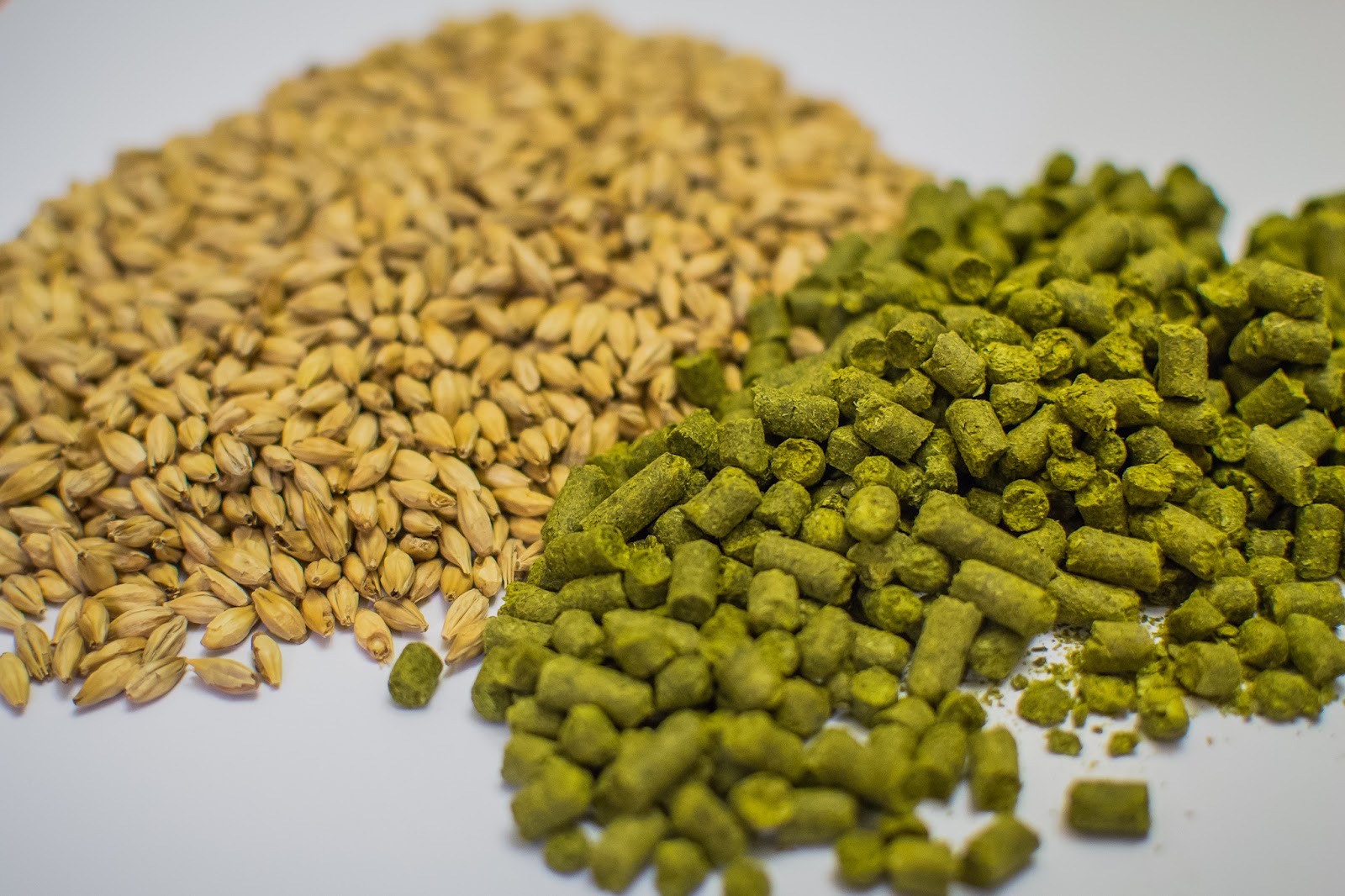
There are a lot of amazing commercial and home brewed IPAs these days. Unfortunately, there are plenty that miss the mark, by a lot. I see recipes posted on the web and forums that make me shake my head in disbelief. I realized though, there’s a lot that goes into making a good IPA, and it’s not as easy as simply throwing 400lbs of hops at the kettle to paraphrase a commercial brewer. So let’s go over some of the more important steps to brewing a good IPA, and how to fix some of the common mistakes I see.
FYI: This post is geared toward West Coast IPAs. Those that like East Coast IPAs……I’m sorry, but our tastes differ =)
Attenuation
One of the biggest issues I see with IPAs is lack of attenuation. With IPAs, and especially Imperial IPAs, you really need to dry the beer out. Low residual sweetness is one of the most important aspects to a great IPA. Now low residual sweetness should not be confused with low maltiness; you can have a malty beer that isn’t sweet. So how do we fix attenuation issues? If you brew with extract, consider some simple sugar in the recipe to help dry things out, or cut back on the crystal malt. For the all grain brewer, mash low to aid in attenuation. Finally pitch plenty of healthy yeast to take the beer to the finish line. I don’t want to throw out specific numbers because it can really vary based on recipe, but shoot for under 1.015 or so, with around 1.012 being ideal. Don’t use those figures as hard and fast rules, as there are plenty of exceptions. Let your taste buds be your guide.
Malt Bill
Another huge issue with both commercial and home brewed IPAs is the malt bill. 15+% crystal malt in general, is NOT OK for an IPA. I don’t use that much crystal malt in my American Amber Ale. IPAs are supposed to be a showcase of hops, so keep the malt bill simple. It should be a platform to build off of, not a pool filled with caramel. With that said, crystal malt can be nice in an IPA if you show restraint. I find 4-5% adds a nice character to the typical IPA. Additionally, specialty malts that have a bready, crackery, or biscuity quality are often really nice. Victory, Biscuit, Munich, and Vienna can all lend a really nice flavor, again, providing you show restraint in their use. Nothing about the malt character in the beer should be strong or assertive, just supportive.
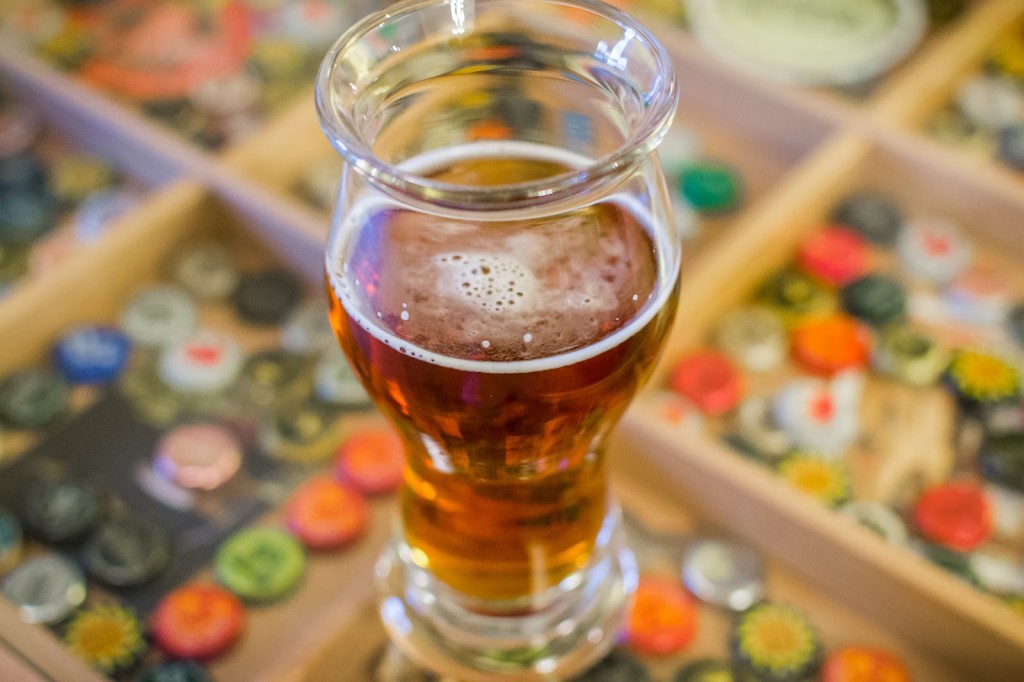 Yeast Selection
Yeast Selection
Yeast selection is something that no one ever really gets ‘wrong’, but there’s more to the American IPA than just California Ale yeast. I have nothing against California Ale yeast; I love that yeast dearly. It makes a fantastic IPA, but variety is the spice of life. You’ll see that a very large percentage of extremely popular commercial IPAs use English yeasts. It turns out that subtle English esters meld with American, citrusy hops, and give a tropical fruit like quality to IPAs. Personally I find the flavors fantastic. Bell’s, Firestone Walker, Three Floyds, Surly, Deschutes, Stone, and Four Peaks all use English yeasts in their IPAs. Coincidentally, they all make amazing IPAs. Now, don’t assume you can just grab WLP002, mash at 152 and ferment at 70*, as you’ll have an overly sweet, ester-laden beer.
If you want to use an English yeast for an American IPA, you have to take it into account in your recipe formulation. Mash low, to account for the lower attenuation. You’ll possibly need to adjust your grain bill to include less dextrines as well. Also, plan to ferment cooler. 64-66* for most English yeasts produces a rather clean ester profile. It’ll still have more character than Cali-Ale yeast, but it won’t taste like an ‘English’ beer after you throw a bunch of American hops at it.
More Hops
Ah, the hops! This problem is the one that absolutely baffles me. It takes hops to make an IPA people; a fucking ton of hops. I see so many IPA recipes that use 3-4oz of hops in a 6 gallon batch. If you aren’t using 3-4lbs/bbl of hops in a west-coast IPA, you aren’t using anywhere near enough hops. That’s between 9 and 13oz. Yes, that’s a ton of hops, and yes it can be expensive to brew an IPA.
The second huge issue with hopping is lack of dry hops. Again, I see beers with a paltry 1oz of dry hops added to a 7.0% ABV west-coast IPA. I also see clone recipes with 1oz of dry hops, where the commercial beer has a massive dry-hop character. That simply won’t get the job done. Most commercial brewer’s that are brewing world-class IPAs are using at least 1lb/bbl of dry hops. That’s 3oz in a 6 gallon batch, and that’s the starting point. Anywhere between 1 to 2lbs/bbl is where you should be. Yes, that means up to 6oz of dry hops. That may sound absurd to some, but it’s the reality of the modern West Coast IPA.
The hops themselves leave tons of room for interpretation, as do hopping schedules. I think the only ‘key’ worth mentioning here is to use a super high alpha acid hop for the bittering addition. This allows you to use a smaller quantity of hop to achieve the same level of bitterness. It really helps cut down the vegetal character that you can get from cooking a lot of hops for a long period of time. Warrior, Magnum, CTZ, Summit, Apollo, and Bravo are all great candidates.
How it all plays together
Lastly, you have to pay attention to how all the elements of your recipe play together. I hate the word balance when referring to IPAs, as that’s not what we’re looking to achieve. We’re looking for the best possible drink-ability in a very unbalanced beer. It’s all about finding a middle ground with your yeast, malt bill, attenuation, and hopping.
For example, if you want to use a simple malt bill in a beer with a lot of bitterness, an English yeast can help round things out nicely. But in a beer with lots of specialty malts, an English yeast might be too much, making Cali Ale yeast the better option. If you bitter the bejesus out of the beer, some crystal malt, or dextrines can help keep the beer drinkable.
The point being, if you’re going to turn one component of the recipe up to 11, you might want to back down on another component to help ‘balance’ it. But for the love of all that is holy, don’t add too much crystal malt, and please, pile on the hops. If you ever stop and think, this seems like too much hop, then you might be getting close!
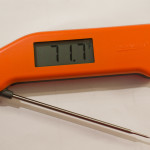
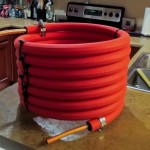
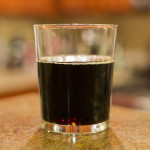
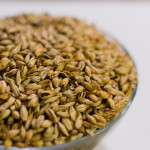
Nice write up. Your going to smite me for what I'm about to say, but I get down with both the East & West coast IPAs. My next brewday is going to be a split batch double ipa; 4 gallons on WY1056 and 4 gallons on WY1968 to compare the different characters each yeast imparts on a big double ipa. Should be interesting (& hopefully tasty) nonetheless.
Haha, no smite. Different strokes for different folks
SIERRA NEVADA brews on the west and east coast in Chico Cali and in Mills River NC. 🙂
Correct, but when I wrote the article 4 years ago, that wasn’t yet the case.
Too bad East Coast is killing it with the IPA nowadays. Give me a Hill Farmstead, Lawson’s, Alchemist, Tree House and Trillium any day over the overly bitter, dry West Coast brews thank you!!! Attenuation is overrated!!
Great tips here! Simple and straightforward advice. Sometimes I think I 'experiment' too much when I create a new recipe and this helps remind me that getting back to basics is a good thing!
Thanks for the advice.
I am about to brew my first batch and LOVE West Coast IPA's.
I found this article really helpful, as much as I love west coast IPA's I can't stand the east coast variety.
You blog is very appreciated!
Have you ever used roasted barley in an IPA? Gonna give that a shot tomorrow.
Big experimental batch too… 90% 2-row, 7.5% C60, and 2.5% roasted barley. Apollo to bitter with FWH, then 3oz each Amarillo and Simcoe for flavor, then the same for a cold dryhop.
I haven't. I'm very curious to see to see how that turns out.
Very nice! based on what you wrote, I did so:
5,80 kg Pilsen Malt 2-Row (Briess)
0,25 kg Caramel Malt – 60L (Briess)
0,10 kg Vienna Malt (Briess)
1,00 g Whirlfloc Tablet (Boil 15,0 mins)
20,00 g Simcoe [11,90 %] – First Wort 60,0 min Hop 4 29,5 IBUs
10,00 g Glacier [5,60 %] – First Wort 60,0 min Hop 5 6,9 IBUs
20,00 g Simcoe [11,90 %] – Boil 20,0 min Hop 6 16,2 IBUs
20,00 g Simcoe [11,90 %] – Boil 5,0 min Hop 9 5,3 IBUs
20,00 g Ahtanum [5,20 %] – Boil 5,0 min Hop 8 2,3 IBUs
20,00 g Simcoe [11,90 %] – Boil 0,0 min Hop 12 0,0 IBUs
20,00 g Ahtanum [5,20 %] – Boil 0,0 min Hop 10 0,0 IBUs
20,00 g Motueka [7,00 %] – Boil 0,0 min Hop 11 0,0 IBUs
30,00 g Ahtanum [5,20 %] – Dry Hop 4,0 Days Hop 14 0,0 IBUs
30,00 g Simcoe [11,90 %] – Dry Hop 4,0 Days Hop 16 0,0 IBUs
30,00 g Motueka [7,00 %] – Dry Hop 4,0 Days Hop 15 0,0 IBUs
1,0 pkg Safale American #US-05)
I have a question with respect to maturation. Is it really necessary to make a maturation in a American IPA?
PS: sorry my english 😉
That looks great! I'd say it would be ready to drink young. IPAs usually are.
This is a great article, I'm glad I found it. I too was very confused why most IPA recipes I found online called for so few ounces of hops. Glad you could clear it up.
Thanks for the article! I am a beginner home brewer. I was wondering why I was using soooo much hops with the recent brew I have at home. I'm about ready to bottle a Kiwi Express IPA recipe from northern brewer and it called for LOTS of hops thru-out the process. I found this article helpful with explaining different points and can't wait to try the 6oz. of dry hops I added. Thanks!
What do you say to pitching more yeast, to bottle condition a Cali IPA (9+ Oz. Hops)?
Great write up! It has helped me out forming recipes for my IPAs! Whenever I see someone struggling with building their own IPA recipe, I refer them to this article.
When you say “mashing low”, are you referring to temperature? Still learning terms, thanks
ps. good read!
Yup, temperature. Anything under 150* or so, i consider low
Hello, i’ve read this post at least 10 times 😛
I love West Cost IPA’s, but i cant get that dry, bitter and balanced IPA taste.
I would love if you let me know what do you think about my recipe and what should i change.
Thanks!
Recipe Type: All Grain
Yeast: S-05
Batch Size (Gallons): 13 gallons/50 liters
Est. OG: 1.061
Est. FG: 1.011
IBU: 55
Est. ABV: 6.5%
Boiling Time (Minutes): 60
Color: 12 SRM
Primary Fermentation (# of Days & Temp): 7 @ 63F
Dryhopped (# of Days & Temp): 7 @ 50F
Carbonator tank/keg (# of Days & Temp): 14 @ 34F
30 lbs. 2 Row
1.5 lb. Crystal
0.5 oz Gypsum
0.14 oz Calcium Chloride
1.5 Tablets Whirfloc
1 oz. Amarillo (7.7% AA) 60 min.
1.4 oz. Amarillo (7.7% AA) 30 min.
2.5 oz. Citra (13.6% AA) 10 min.
2.5 oz. Citra (13.6% AA) 5 min.
2.5 oz. Citra (13.6% AA) Whirlpool
4 oz. Citra (13.6% AA) Dryhopping 7 days
2.5 oz. Amarillo (7.7% AA) Dryhopping 7 days
2 packets US-05
Mash at 150 for 60 minutes, sparge to boil volume
When you said “up to 6 oz of dry hops” you’ve meant hops in leafs. Could I use in pellets since in my country in too difficult to get in leafs? How many should I use?
I might be crazy but after reading this I feel like my soon to be actions may be justified. I am about to brew a grapefruit IPA with 1 POUND of hops! 11oz in the boil and 5oz of dry hops. These are the ones I’m using FYI…
1.00 oz Warrior (AA 15.0%, Pellet) 60 min, 37.3 IBU
1.00 oz Centennial (AA 9.0%, Pellet) 45 min, 20.6 IBU
1.00 oz Apollo (AA 18.0%, Pellet) 20 min, 27.1 IBU
1.00 oz Amarillo (AA 8.0%, Pellet) 15 min, 9.9 IBU
1.00 oz Cascade (AA 6.6%, Pellet) 15 min, 8.2 IBU
2.00 oz Centennial (AA 9.0%, Pellet) 15 min, 22.2 IBU
2.00 oz Willamette (AA 4.5%, Pellet) 15 min, 11.1 IBU
1.00 oz Cascade (AA 6.6%, Pellet) 5 min, 3.3 IBU
1.00 oz Centennial (AA 9.0%, Pellet) 5 min, 4.5 IBU
1.00 oz Amarillo (AA 8.0%, Pellet) dry hop
4.00 oz Cascade (AA 6.6%, Pellet) dry hop
It’s coming up as just over 144 IBUs. I will try to let you know how it comes out.
I’m from Britain (the UK) and it’s fascinating seeing what you Americans are doing. It’s great that you’ve realised what good beer is and have so much enthusiasm for it. On the subject of IPAs, I agree absolutely that they should be pale. And malt should balance hops without too much residual sweetness. Most of my IPAs are all pale malt, although I’ve taken to CaraPils too, just to add a little more body without colour. I tend to late hop rather than dry hop (steep for 10-15 minutes at switch off of boiler). Like most of the more adventurous Brits, I’ve fallen for American hops such as Cascade, Amarillo and Citra. They’re wonderful. But our own English Goldings are very good for a well balanced IPA. As for yeasts, I use Wyeast West Yorkshire, not least because the water where I live is almost identical to the brewery (Timothy Taylor) it originally came from. But the California ale yeast is very good, too. But I suppose what I want you Americans to know is that you’ve saved IPA from obscurity. As you know, IPA was a strong, well hopped ale designed to survive the trip from England to India. But during the 1990’s, the marketing men got hold of it and sold it as a weak, thin bitter. Often at low gravity, like 3.5% ABV. Pathetic. It was terrible, mostly. But due to the new found American love of hops (and yes: plenty of them!) and new hops, IPA has survived in a form worthy of it. Keep up the good work.